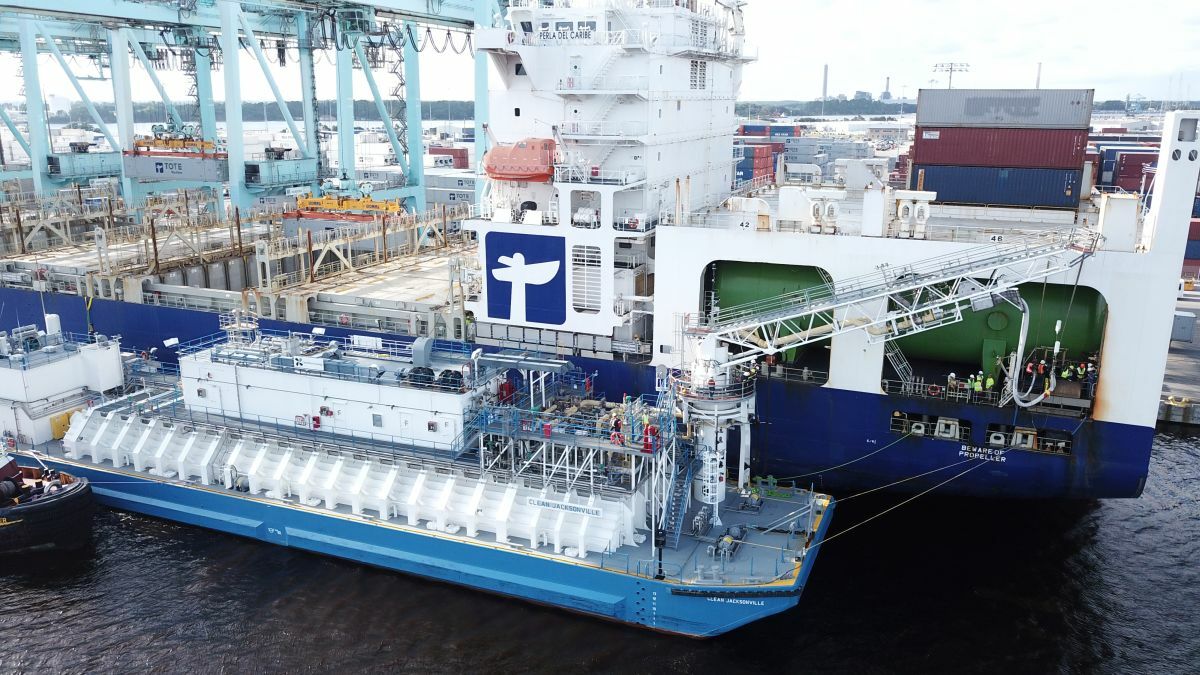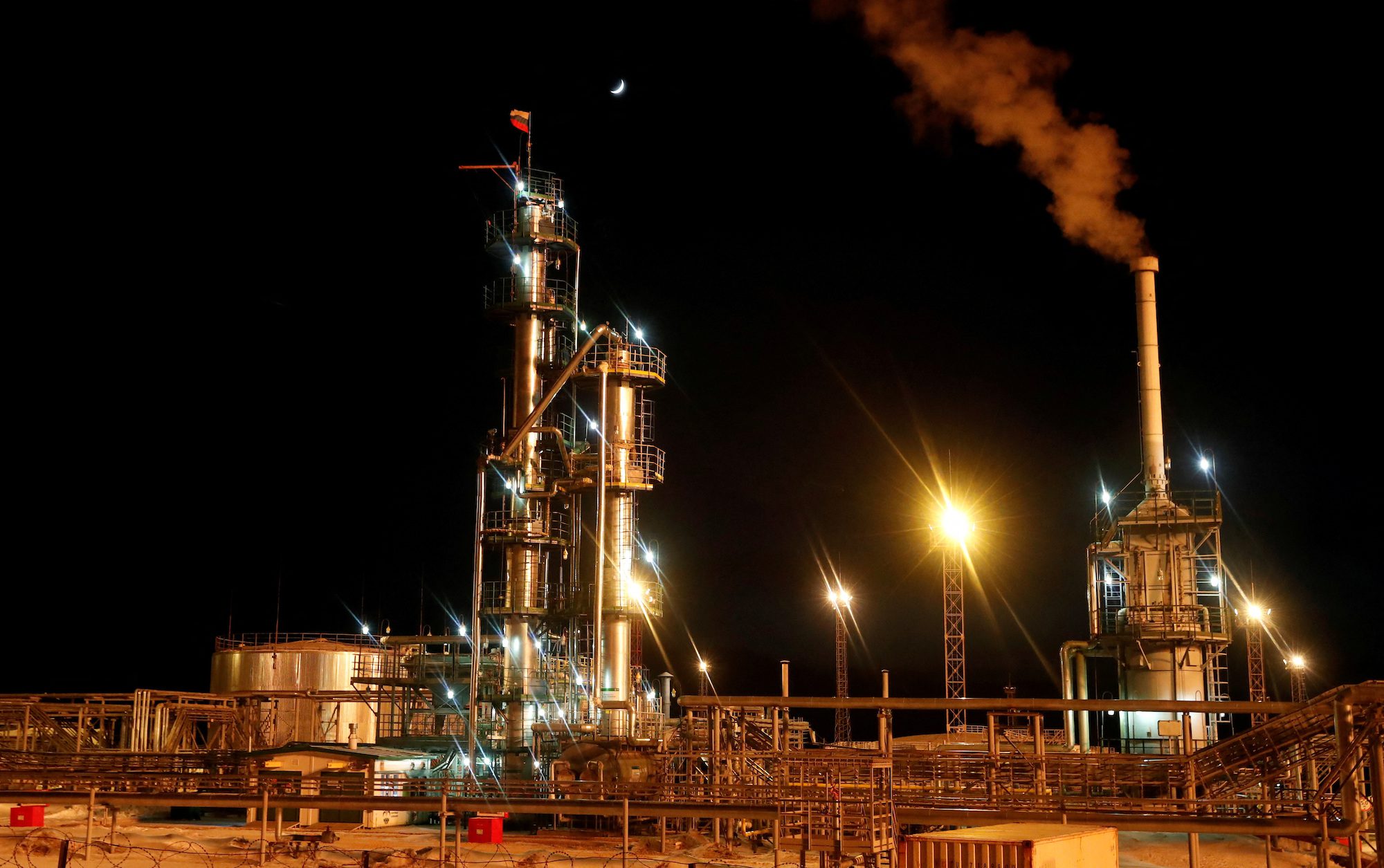By Lori Ann LaRocco (gCaptain) –
UNCTAD’s yearly review on the maritime industry meticulously breaks out all the headwinds facing the world of trade, but it’s the “green” opportunity that really stands out. I’m not talking green as in environmental measures. I’m talking the greenback—cold hard cash.
The data presented in the report shows the disparity between the wealth of the ocean carriers and the fiscal challenges shippers and countries who foot the bill on the waterway superhighway.
The longer transits as a result of diversions away from the Red Sea attacks, low water in the Panama Canal, and labor strife at the US East Coast and Gulf ports have driven up freight prices along with the addition of new surcharges.
These headwinds have created a cash infusion for the ocean carriers. The company latest to offer guidance and outlook is A.P. Møller – Mærsk. The integrated logistics company reported preliminary Q3 figures Tuesday showing strong results as a result of “strong container demand and continuation of the Red Sea situation” as well as raised its full-year guidance.
UNCTAD warned if freight rates continued to increase, it could push up global consumer prices by 0.6% in 2025. Rates may be down now from their mid-summer highs, but we all know we are one bottleneck away from constrained capacity which would surge rates again.
The impact of these headwinds further divides the haves and the have-nots of trade.
Essential grains and other commodities are delayed and more expensive for developing countries. Shippers around the world pay through the nose for slower delivery of products, and consumers may face transitory inflation in the coming months when logistics costs are passed on.
The other loser of this “green” opportunity is the globe itself. The longer transits mean more carbon emissions going into the atmosphere. The world’s aging vessel fleet continues to be bloated because the ocean carriers need these vessel nags to move their profitable trade. So the longer transits and aging vessels are a double whammy to the green global goals of the maritime industry.
The strengthening of the supply chain UNCTAD is advocating for would be beneficial in the challenge of reducing costs and streamlining the flow of trade. Unfortunately, with the war on navigation not ending any time soon, along with Russia’s war with Ukraine and the port labor strife on the U.S. East Coast and Gulf Coast ports still up in the air, the only green opportunity for those in the maritime industry is the ocean carriers.

 Join The Club
Join The Club










